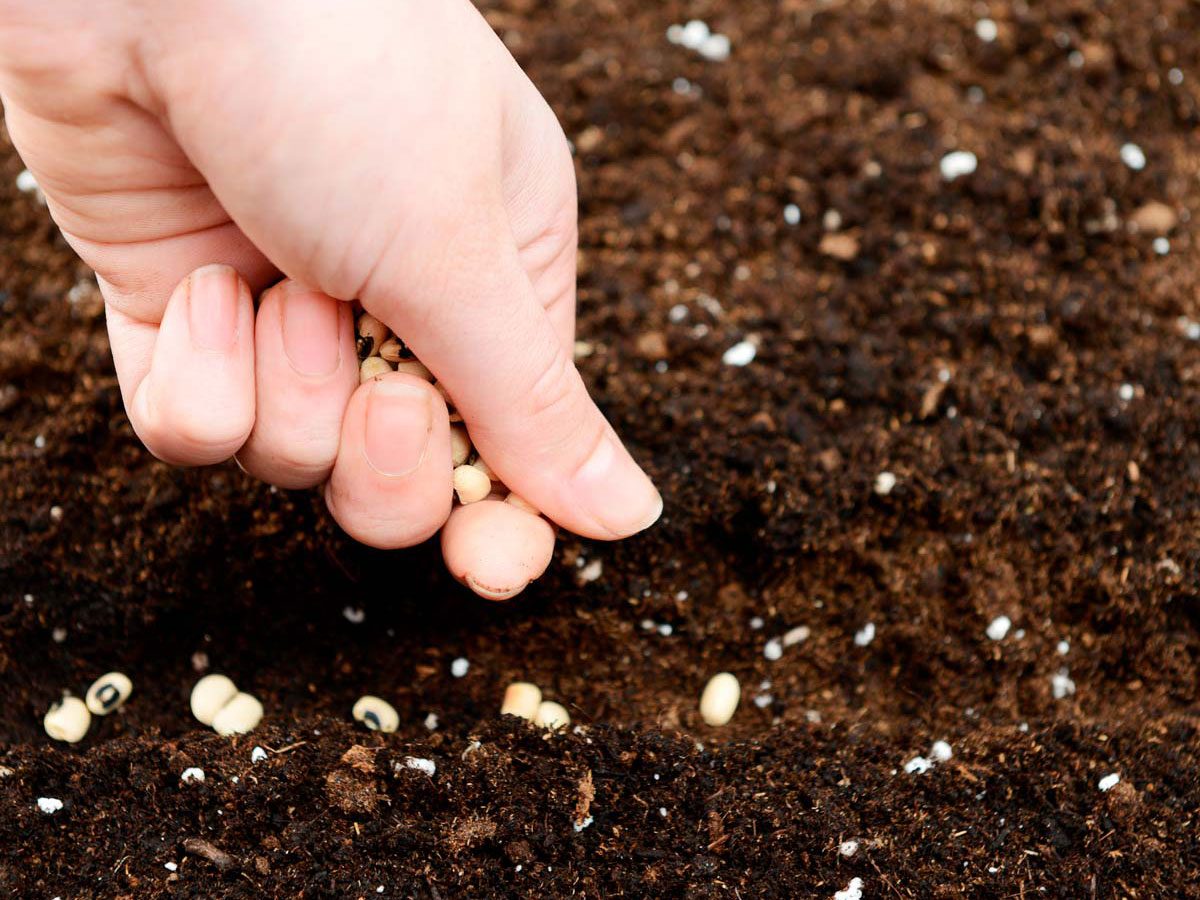
Plant fall crops
August is a good month for planting Fall crops in your garden. In Zone 6 and warmer, you can still plant some substantial crops like beans, cauliflower, cucumber and squash. In Zone 5 and colder, your options are more limited but definitely worth doing: look at hardy, cold-tolerant greens like kale and chard, as well as some lettuces, spinach and Asian greens.
Put less strain on the pursestrings with these brilliant gardening shortcuts.
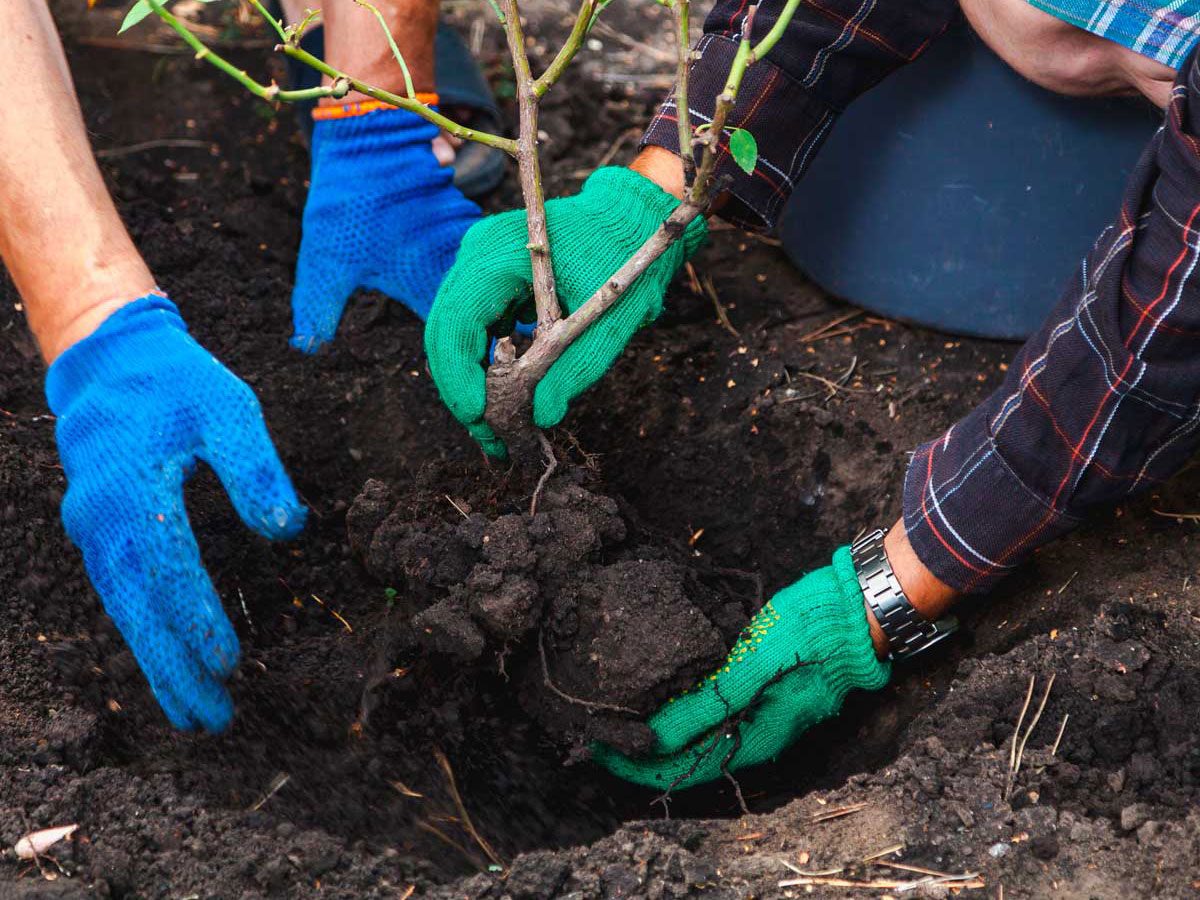
Plant trees and shrubs
Containers or burlap-ball shrubs and trees should go into the ground 4 to 6 weeks before first frost. In Northern gardens that means late August. This gives the plant a chance to establish itself before the onset of winter, but not to get so far along that it thinks a new growing season has begun.
Make your garden pop with these inexpensive plants.
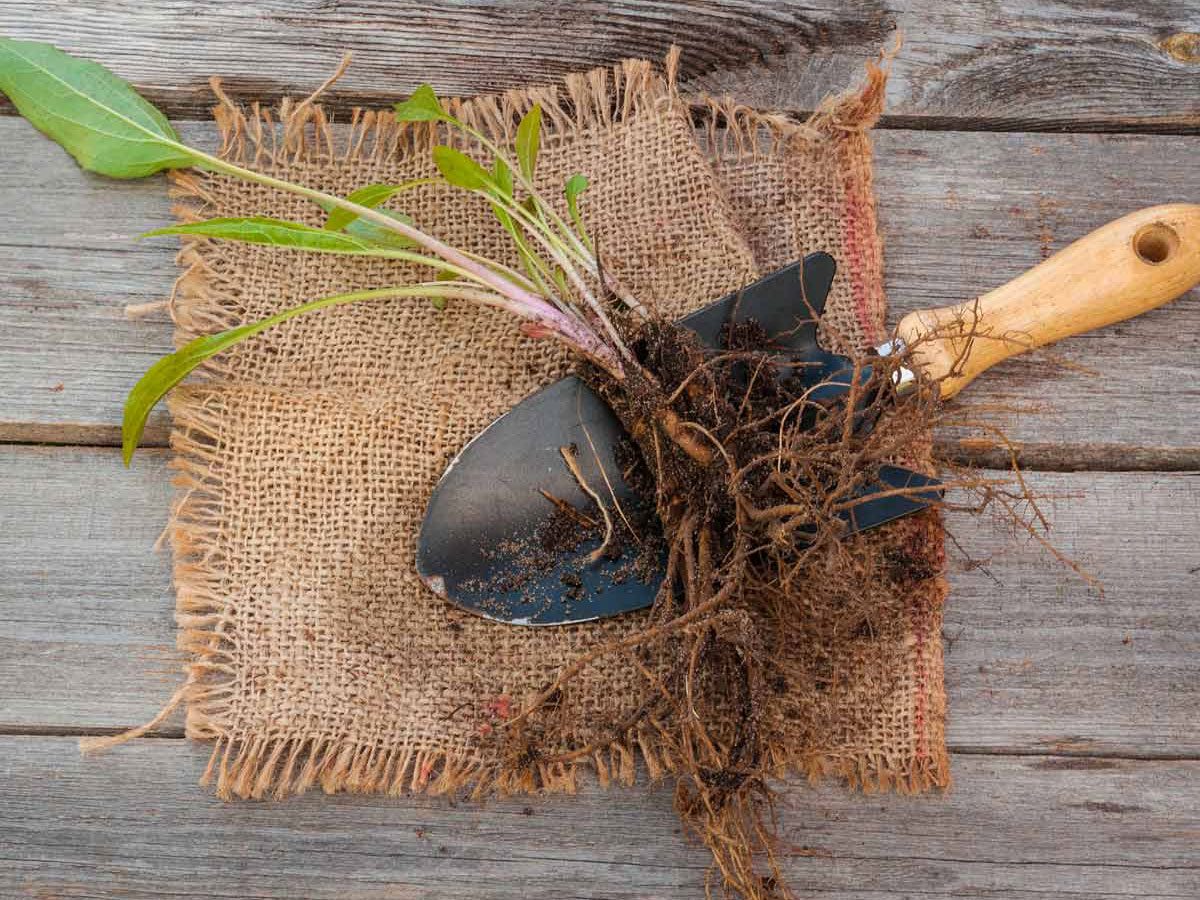
Divide perennials
Coneflowers, black-eyed Susans, hostas and other perennials that flower in Spring will start to flag a bit in your garden by the end of August. To keep them healthy and ready to explode next spring, divide the roots as the plants die back and relocate them if you can.
Ready to upgrade your garden? Follow these simple landscaping ideas to turn your dream green space into a reality.
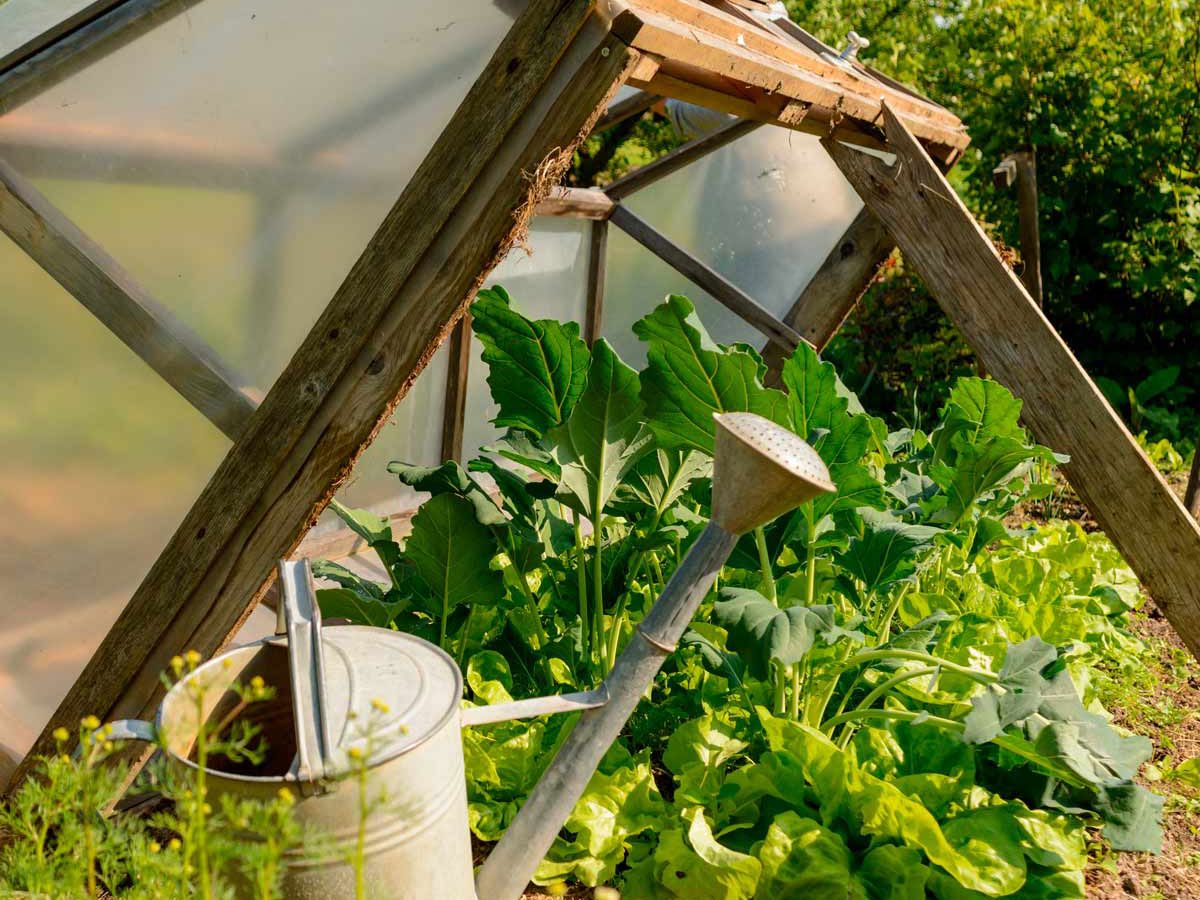
Build a cold frame to extend the season
August is the time to start preparing to defend your garden against first frost. Build a cold frame (you can use it again in spring) or a hoop house or even tack some sheets of 3-mil plastic to some 2x4s to have at the ready so you don’t end up trying to drape old sheets over your garden as the sun sets.
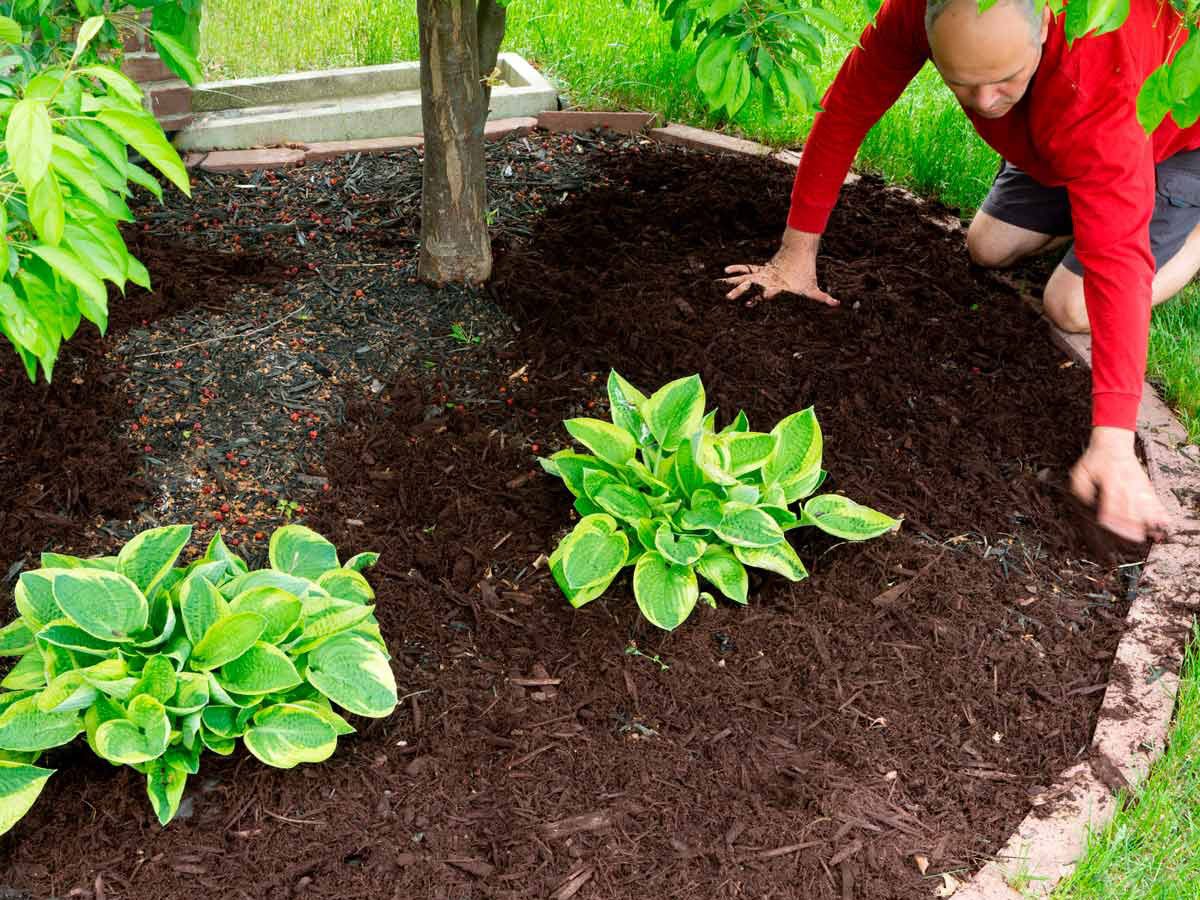
Refresh your mulch
July and August take a toll on garden mulch—it washes away, fades out, or simply disappears into the undergrowth. Scatter a few bags now and your fall garden will look neater and be nestled in snugly for the coming winter.
Be sure to never make these common lawn mistakes.
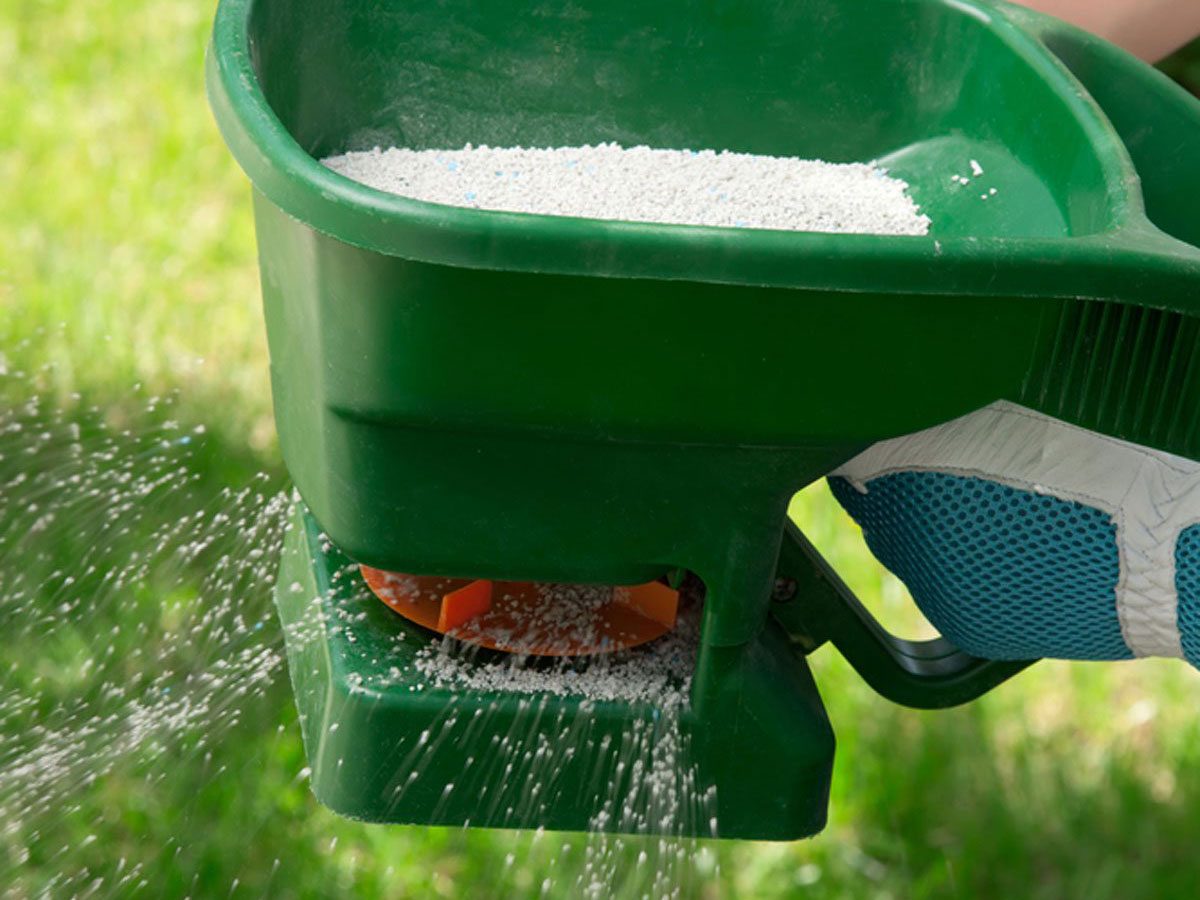
Fertilize for a fantastic finish
Depending on the crop, your plants and lawn have likely drawn all or most of the nutrition from your Spring fertilizing. August is a great time to re-up the amendments in your garden and yard. This is especially true if you are using organic fertilizers: it takes much longer for organic nutrients to break down and become available to plants.
Here’s why you shouldn’t mow your lawn every week.
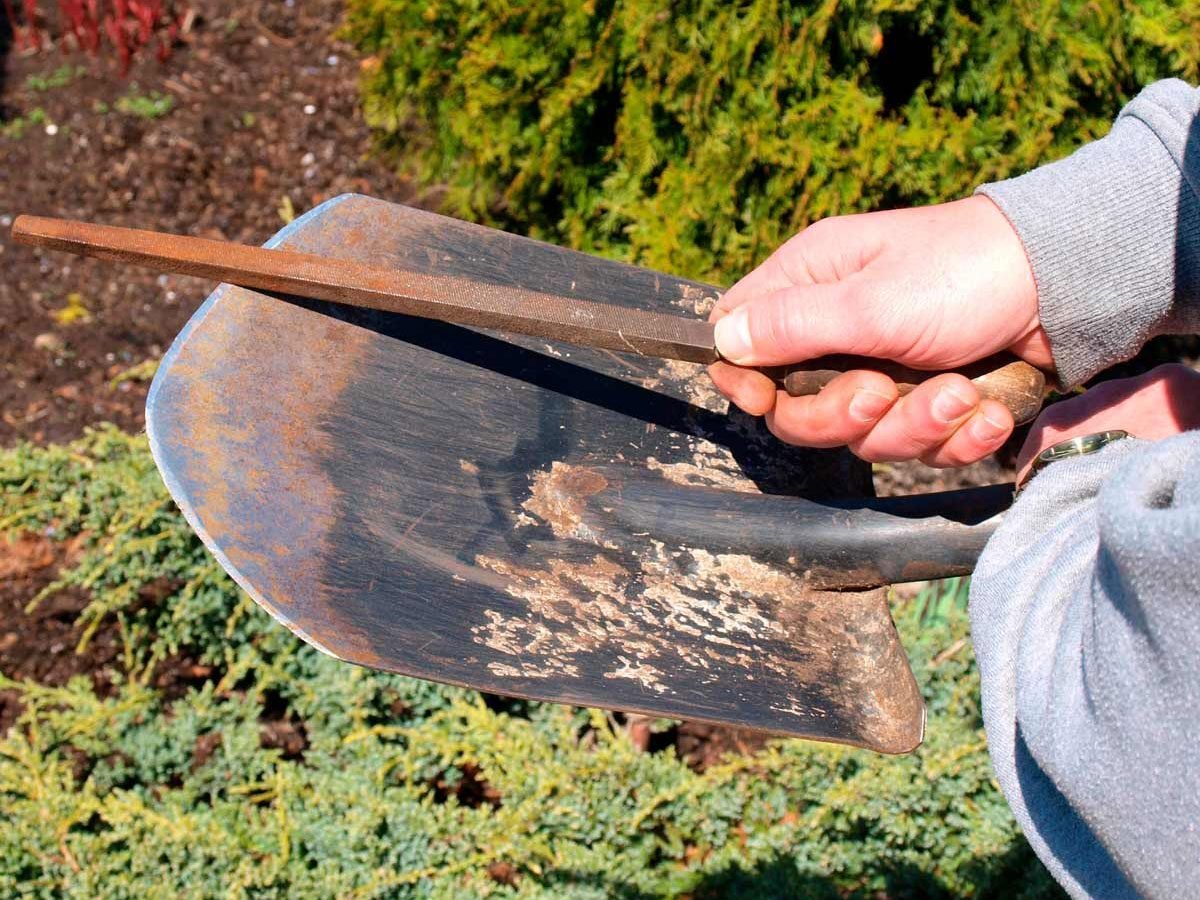
Clean up and maintain your tools
Your garden and lawn tools have had a pretty good workout by now. August is a good time to give them some attention before the frenzy of harvesting hits. You’ll need to repeat the process before you put them to bed for the winter but it will be much easier if you’re not dealing with a whole season’s worth of wear and grime.
These yard tool hacks will make you life so much easier!
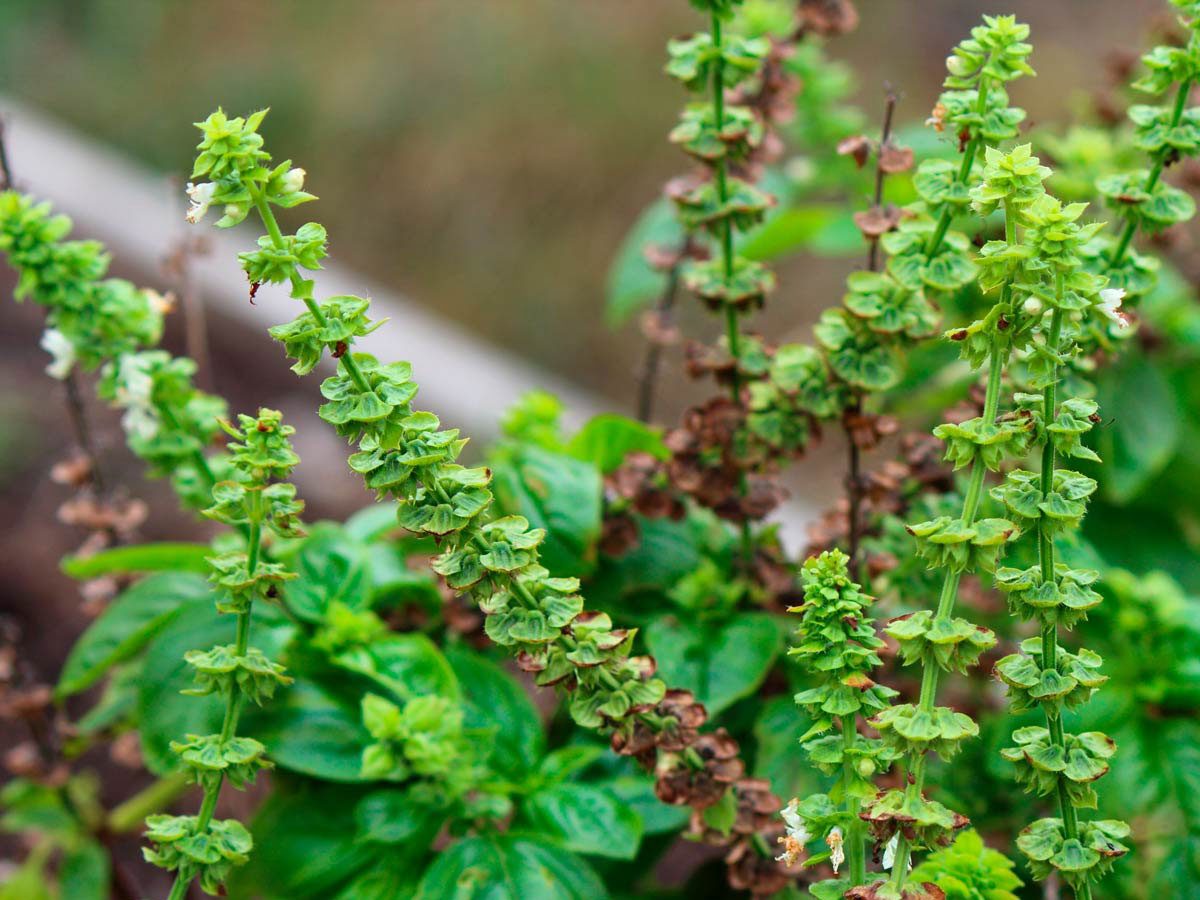
Cut back your herbs
Parsley, cilantro, basil (shown here), dill and other cool-season herbs probably have bolted by August and are too bitter to consume. You can let them flower, which is a good idea because pollinators love herb flowers and the plants will self-seed later in Fall. Or, cut them back a couple of centimetres above ground and most should grow back for a fresh Fall crop.
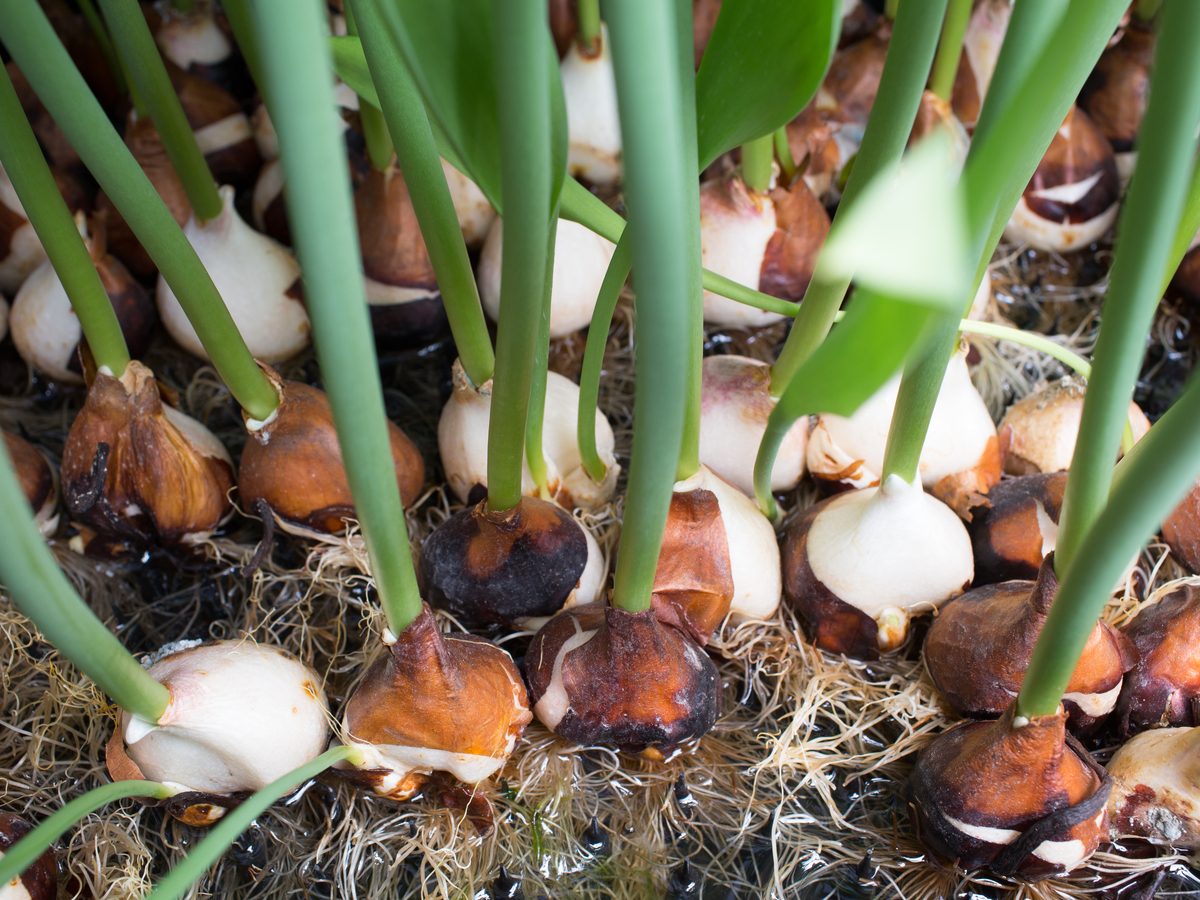
Order fall-planted bulbs
August is too early to plant tulips (shown here), crocuses, hyacinth, garlic or any other Fall bulbs. But it is not too early to order them from your favourite gardening catalog. Most bulbs sell out as the late Fall planting season approaches, so order yours while the selection is best. Store in a cool, dry place until you are ready to plant them.
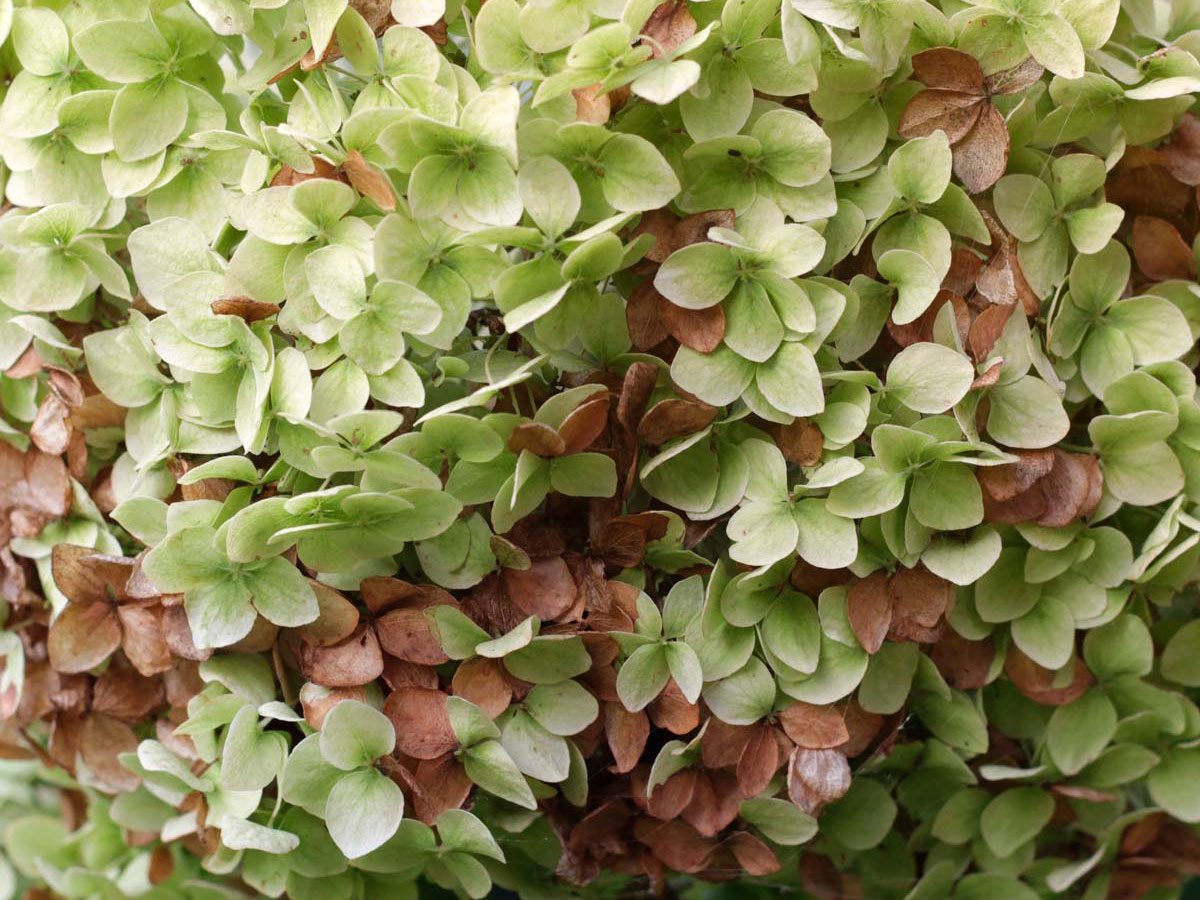
Prune your summer-flowering shrubs
By the end of August, your summer-flowering shrubs (hydrangea, mock orange, spirea) will be waning a bit, which makes it a good time to prune them. You can still identify any dead branches easily and you don’t need to worry (much) about damaging the plant.
These organic lawn care tips will also come in handy!
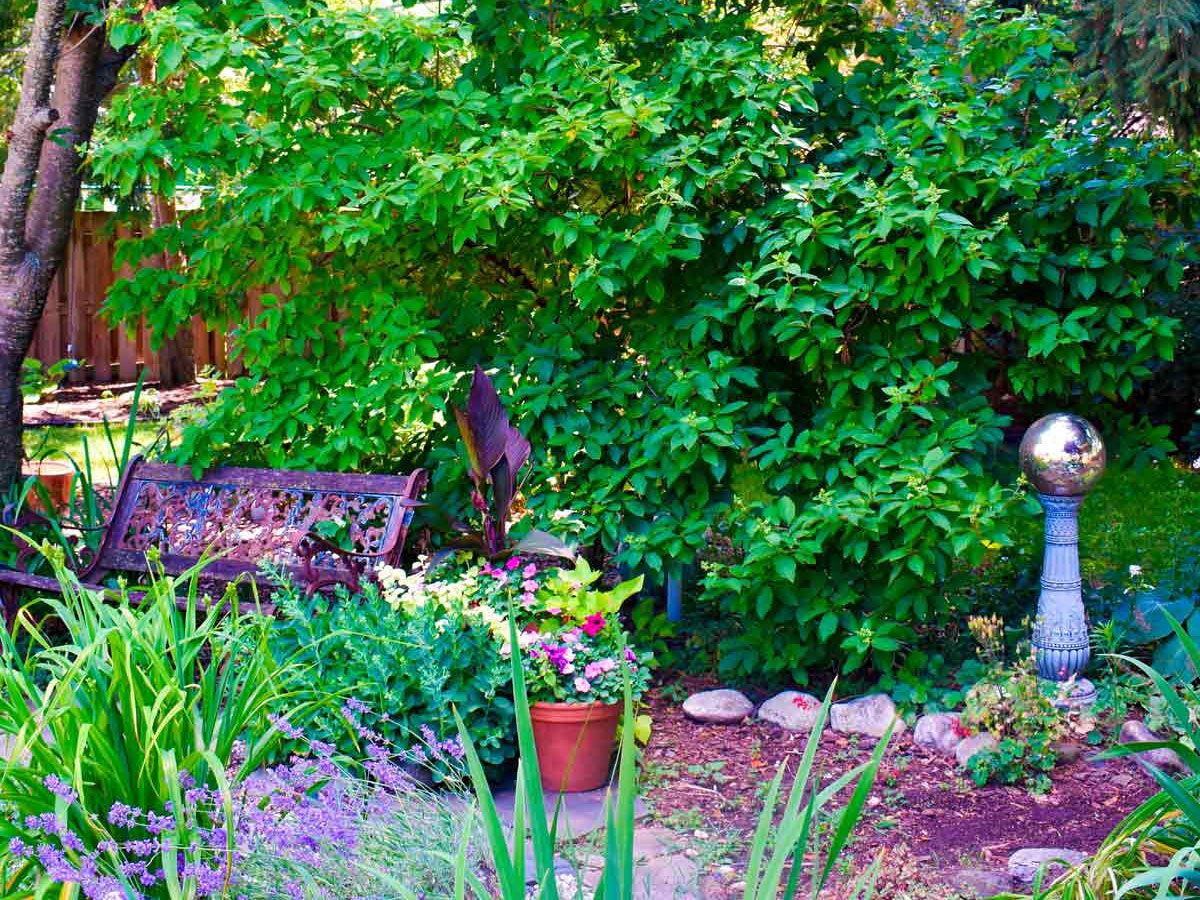
Enjoy your gardens
You spend the whole summer with your face buried in tomato plants looking for aphids, or scanning for weeds, and it is easy to miss the big picture. Take some time to stroll through your gardens. Make notes: What worked and what didn’t? What should you do differently next year? Snap photos (or draw maps and make sketches, if you prefer), take note of plant varieties and where they are planted. You might think you’ll remember next Spring but don’t count on it. And, perhaps most importantly, enjoy your garden: this is why we do it!
Don’t miss these expert tips for growing herbs in all growing conditions!